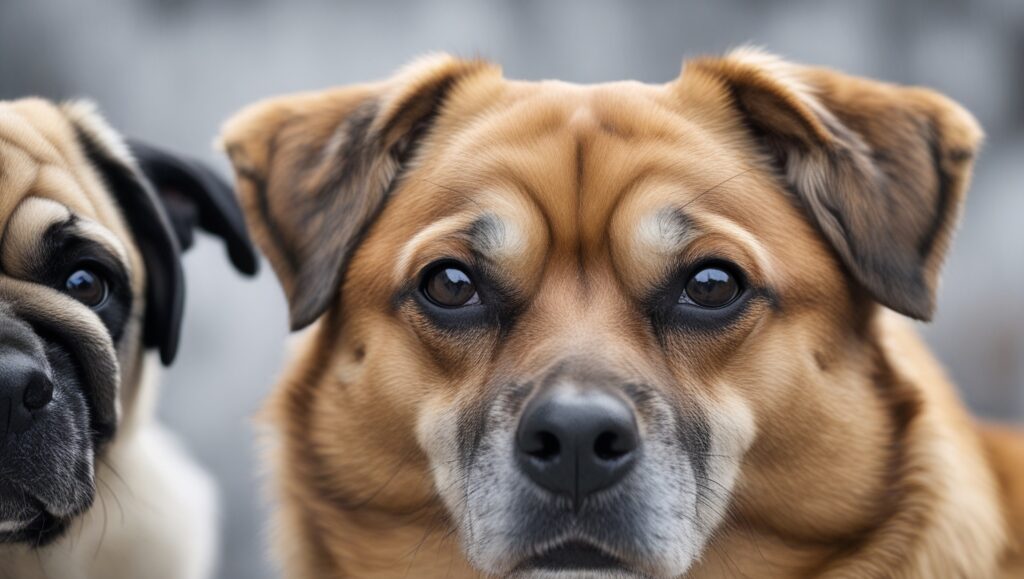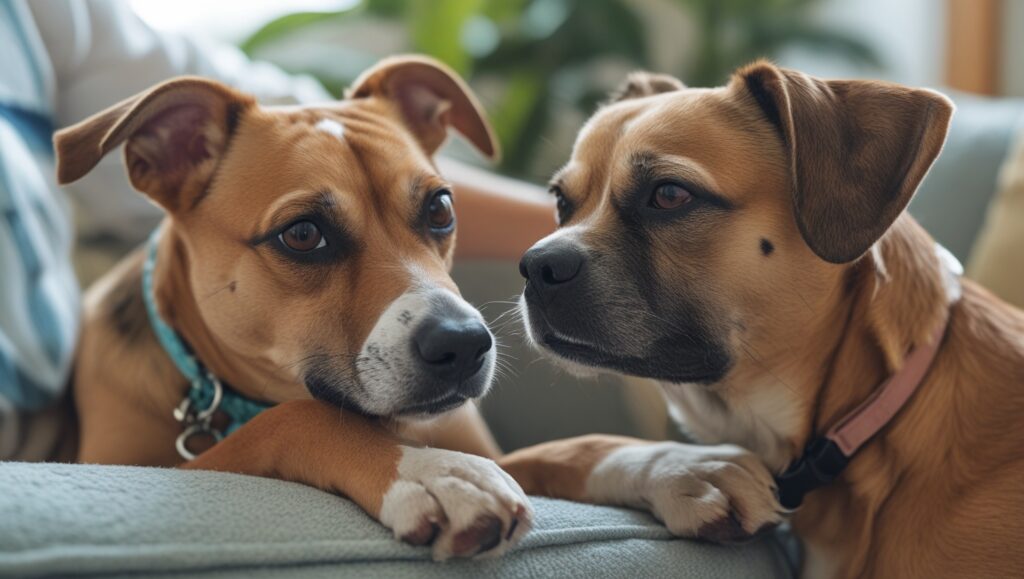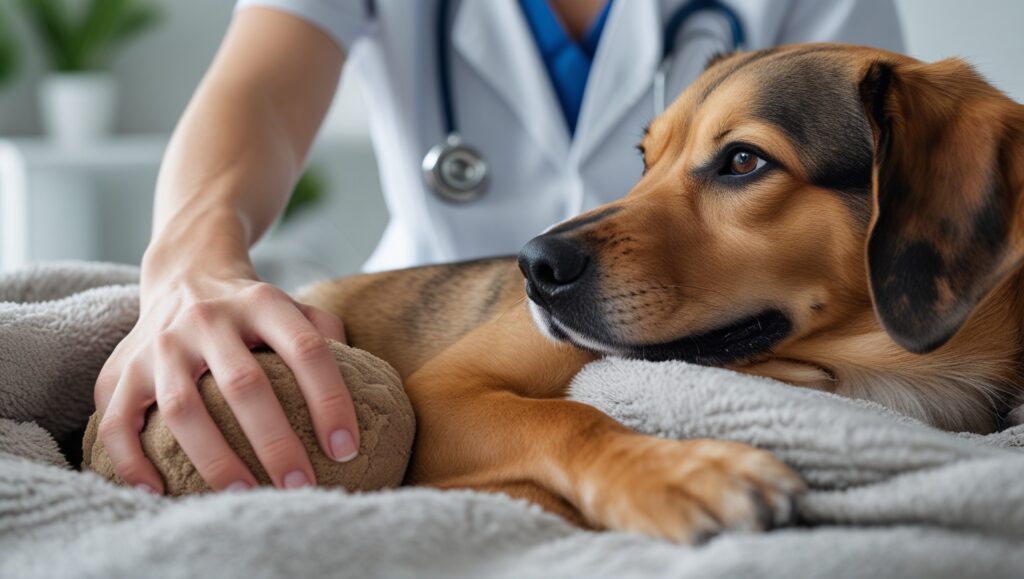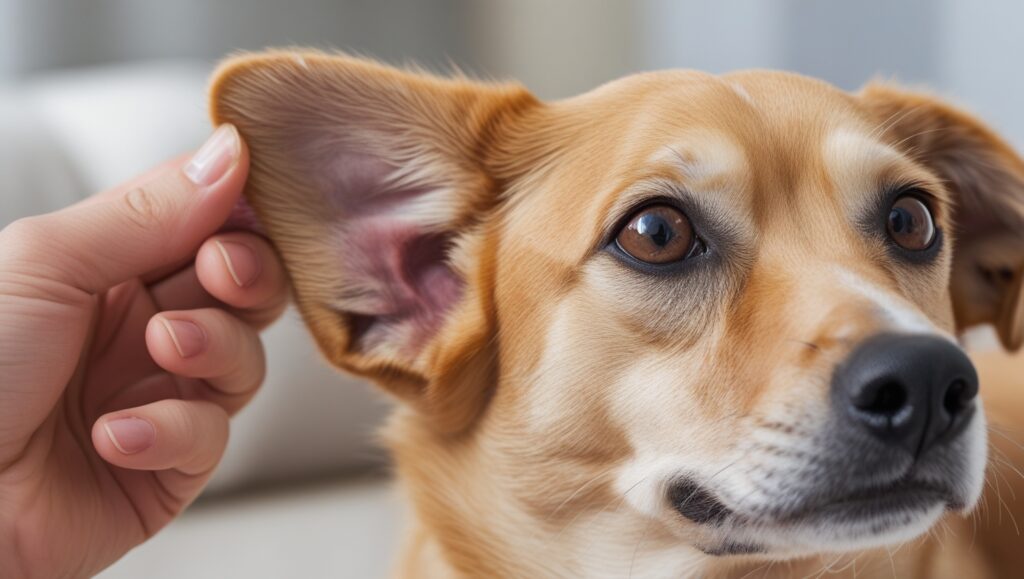Table of Contents
Introduction
Is your pet dog appearing with weird lumps or bumps on the skin? It is also frightening not to be sure whether it is a harmless thing or it is the indication of a severe problem. Most pet owners look at the pictures of dog tumors and cysts in an attempt to discover the issue and act swiftly about it.

In this guide, you will learn what to observe and the distinction between tumors and cysts as well as when you need to see the veterinarian.
What are Dog Cysts?
Cysts are sacs like fluid formations taking place beneath the skin. They are mostly harmless (non-cancerous), and they occur when hair follicles or oil glands become clogged.
Some Types of Cysts found in dogs:
- Sebaceous Cysts: Elevated bumps which appear as tiny and are naturally thick.
- Follicular Cysts: These are caused because of the blockage of hair follicles.
- Epidermal Inclusion Cysts: These result due to trauma to the skin.
Symptoms:
- White or yellowish (in the event of rupture).
- No pain, no itching (normally).
What are dog tumors?
Tumors may include benign and malignant ones (cancerous). They are able to spread or even grow violently unlike cysts.
Tumor Types of Dog:
- Lipomas: The fat and soft deposits are formed under the skin; they are non-cancerous.
- Mast Cell Tumors: skin cancer common in canines.
- Fibrosarcomas: These are malignant and can appear again after treatment.
- Melanomas: Present themselves in the form of dark lumps; they can be harmful.
Symptoms:
- The rapid growing lump.
- Hurting or bloody region.
- Color, shape, change of.
- Crusty or ulcerated surface.
Cysts and tumors in dogs Causatives
- Genetics
- Hormonal imbalance
- Trauma of skin or infections.
- Poor hygiene
- Aging
The Pet Owners and Emotions: How to Keep Your Calm and Know-how
Discovery of a lump on your dog may be stressful and emotional. One must be worried and care but do not get panicked. Majority of lumps are benign and early intervention matters a lot. Keep yourself updated, pay attention to the recommendations of your vet, and do not consult the internet alone. It is also important to contact mates that have pets or support groups in order to relieve the stress and feel better.

AT-Home Care Prior to the Vet Visit
Prior to the trip to the vet, there are certain measures you can undertake to make your dog comfortable. Wipe the lump gently using a vet recommended antiseptic in case it has discharge. It is recommended that you attempt to deter your dog by attempting to lick or scratch the region by using a soft recovery cone or distraction toys. Do the same with size, color and texture changes on a daily basis. Such notes will assist your vet in diagnosing the problem more quickly.
Diagnosis: Visit to Vet
Not everyone lump is harmful, yet one should be on the safe side.
See your vet when you should:
- The lump increases and decreases in size quickly.
- Bleeding and pus in or odor.
- The site is frequently scratched or licked by your dog.
- Your dog looks exhausted or has no appetite or is in pain.
Your vet might do:
- Fine needle aspiration
- Biopsy
- Ultras or x-ray
Do some dogs tend to develop cysts or tumors more than others?
Yes, there are some breeds of the dog they are also genetically more likely to create cysts or tumors because of the type of skin. As an illustration, Labrador Retrievers tend to develop fatty tumors (lipomas) whereas the boxers develop mast cell tumors. Cockers Spaniels and Poodles have a higher chance of forming sebaceous cysts. Being aware of the breed risk of your dog would facilitate early screening and frequent checkups.
Treatment Options
For Cysts:
- In many cases no care was required.
- In case they are infected, vets can drain or even operate.
For Tumors:
- Surgical removal
- Chemotherapy (in cancerous growths).
- Radiation therapy
- Comprehensive or palliative care.
Simple Weekly Lump Dyck P Advice On How to Monitor Lumps At Home
It can be observed regularly so that you can identify the potentially harmful shifts on time. Lightly touch whatever you can feel that feels like a lump, and see whether it is becoming harder, bigger and more painful. Note down in a diary any change of color, size or change of behavior of your dog. Present this document to your vet at the check-ups.

Surgery or Watch and Wait: Which Way to go?
In some cases delivered surgery is appropriate, sometimes it is prescribed by the vet, but on other times it is safer to be “watch and wait.” Surgery should be a good choice in case the lump is expanding rapidly, it is painful or bleeds. However, to leave it alone when the lump remains of the same size over months and does not cause problems to your dog is not enough. Upon good checkup by the vet and perhaps biopsy, the final decision must always be arrived at.
Home Remedies to Relieve Lumps in the Skin (Not a Substitute of Veterinary Treatment)
The skin around benign lumps can be left off by using some natural ingredients. Warm compresses may help minimize swelling and diluted apple cider vinegar could help stop infection. Nobody should ever put harsh chemicals or essential oils directly onto the dog or cat, but it is always advisable that vet-approved sprays or products are used. The benefit of natural care is that it may provide some relief of symptoms but must not be used instead of professional treatment of serious problems.
Prevention of Skin Growth in Dogs
- Healthy grooming and bathing.
- Mind the skin to be clean and dry.
- Apply vet recommended shampoos
- Supplements and healthy dietetic Healthy diet and supplements
- Routine vet check ups
Conclusion
Noticing suspicious lumps on your dog is not the reason to start panicking, yet you should not overlook it. Pictures of dog tumors and cysts should enable you to notice signs early enough and make the right decision. Be it a simple cyst or a severe tumor, early warning is always the best preservation of your fluffy pet.
Are dog cysts all harmless?
Majority are harmless but there is some possibility that they get infected or may pus. Keep an eye out on changes.
What is the difference between tumor and cyst?
Cysts are normally fluid-packed and most of them are harmless whereas tumors are either solid or can be malignant.
Can I burst the cyst of my dog in a house?
No. It may cause infection. A vet must be consulted always.
Are there tumors that disappear?
Rarely. Majority of the tumors require medical assessment and even extraction.




Pingback: 5 Key Facts & Pictures of Hot Spots on Dogs | Causes & Treatment
Pingback: Types of Dog Skin Diseases with Pictures: Identify & Treat 5 Common Issues